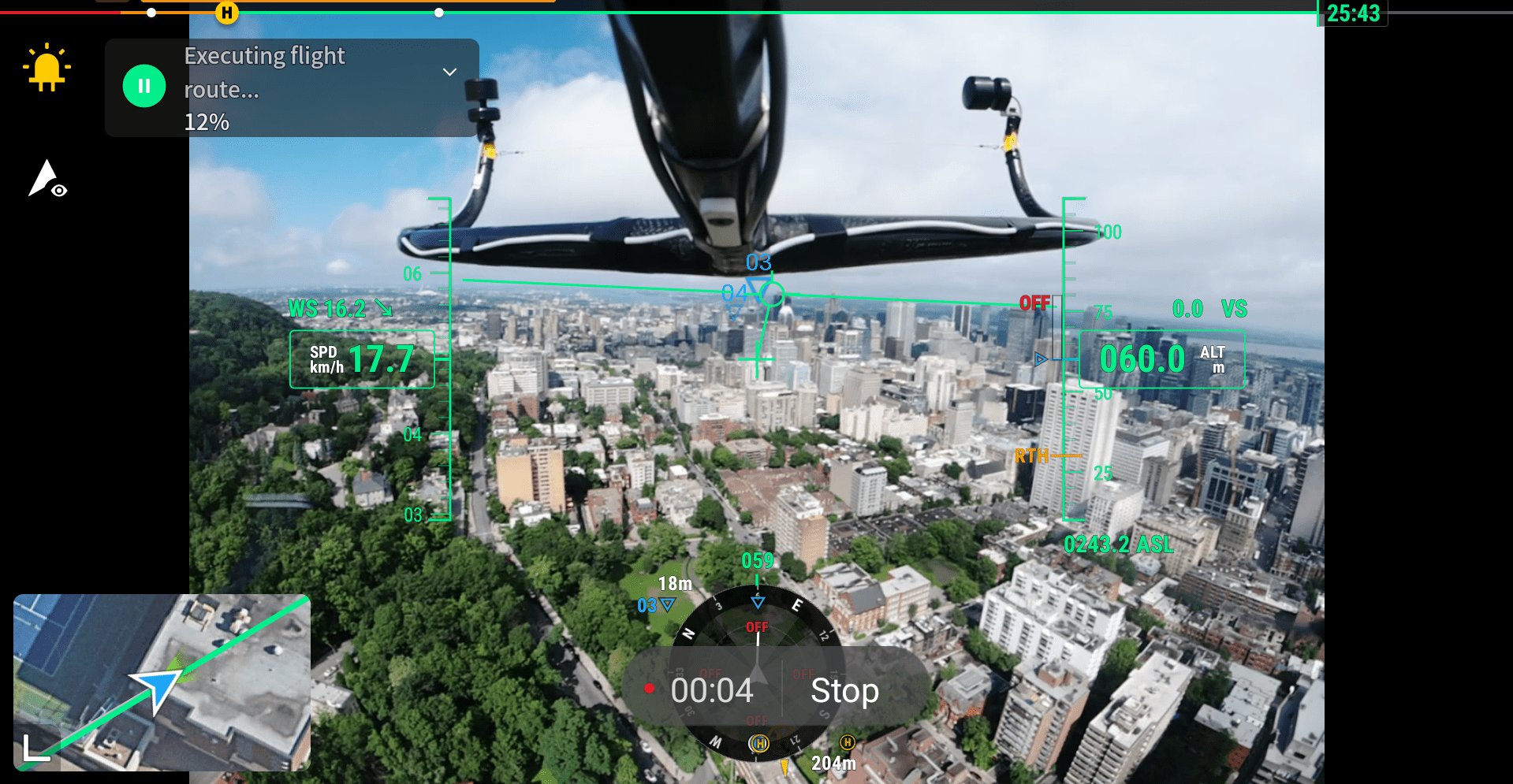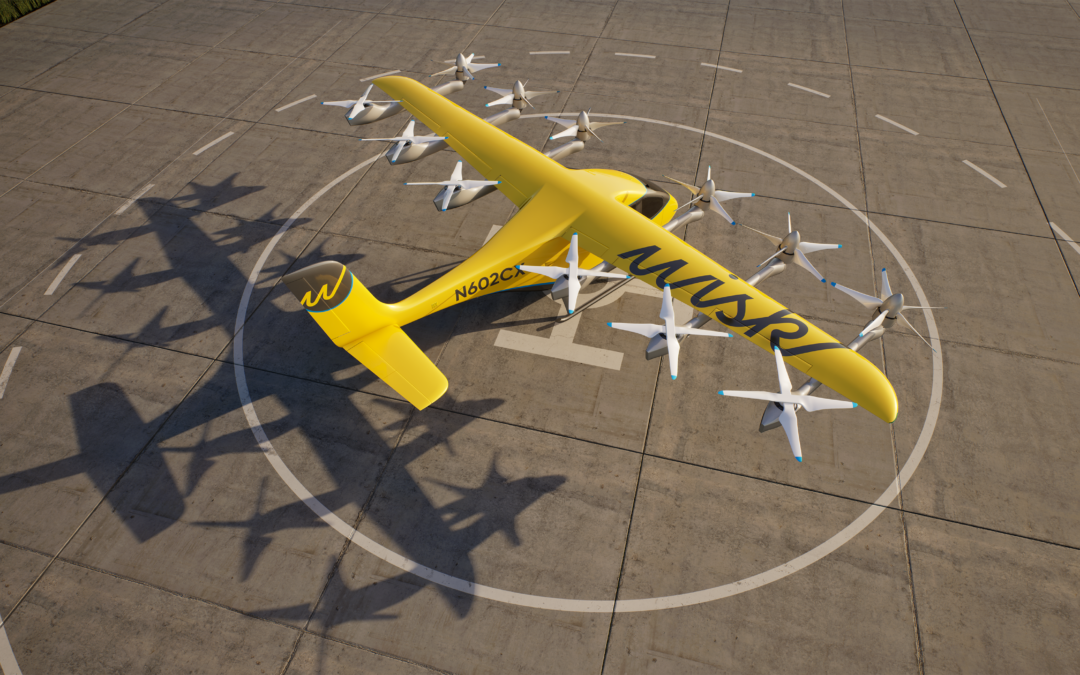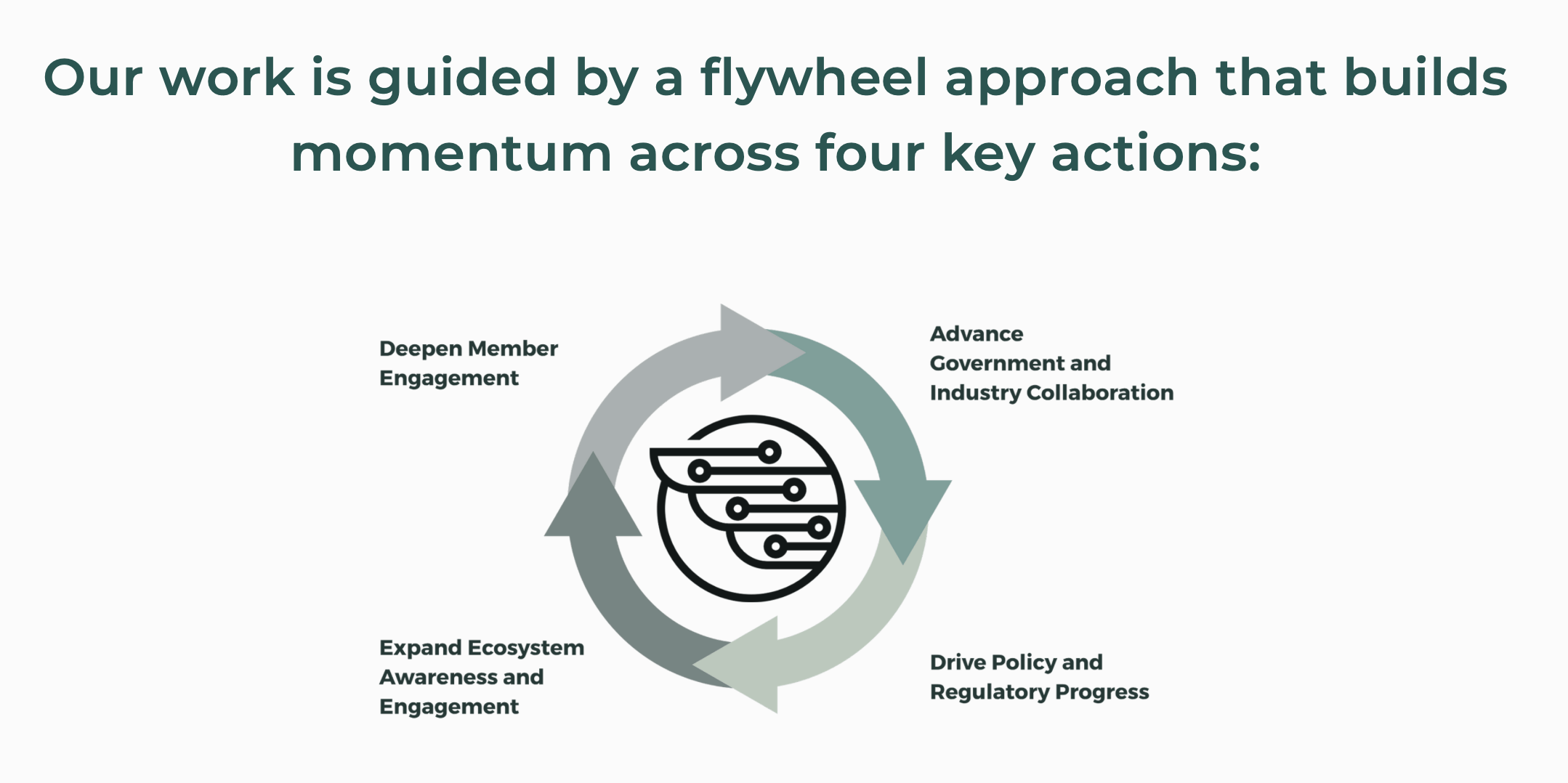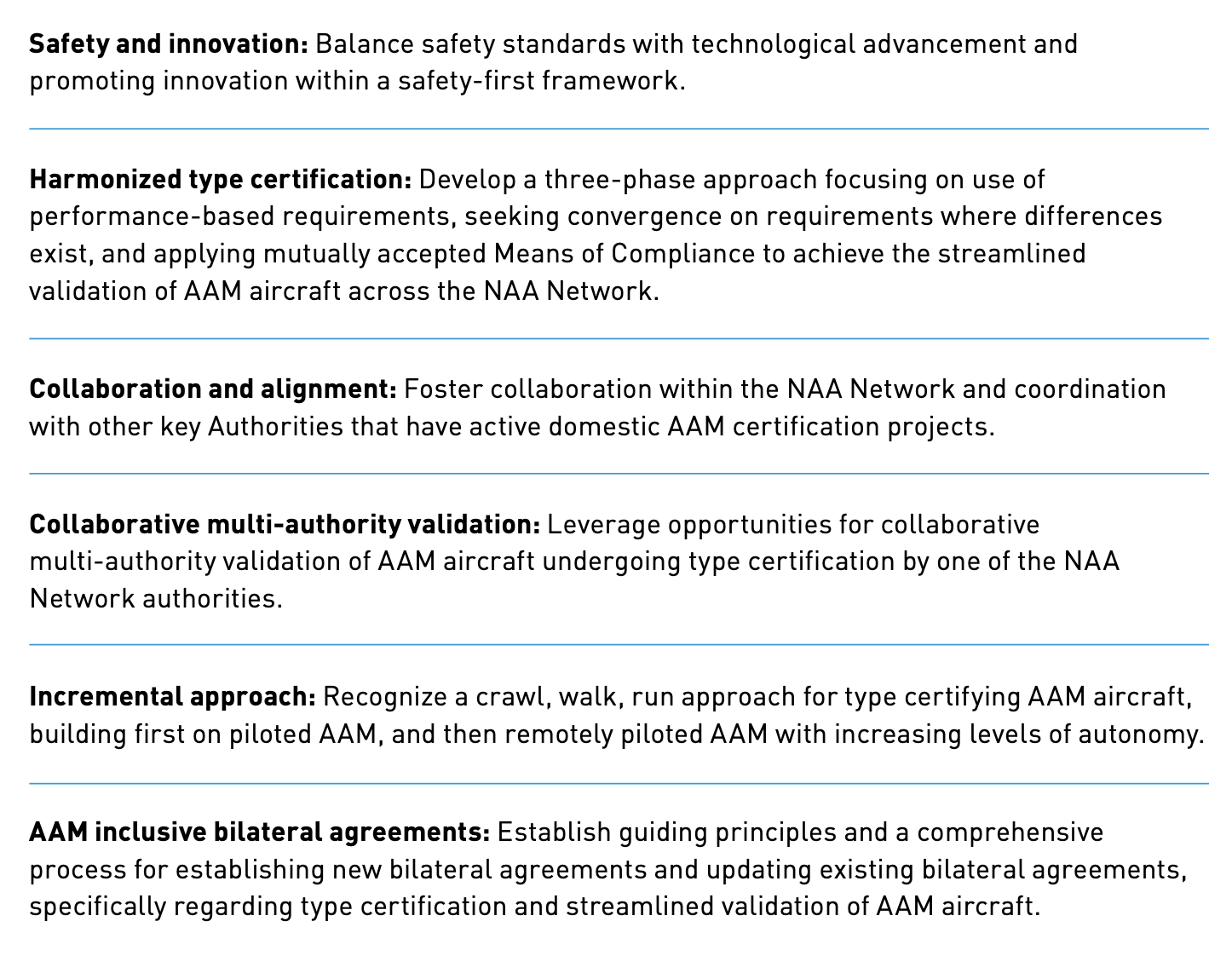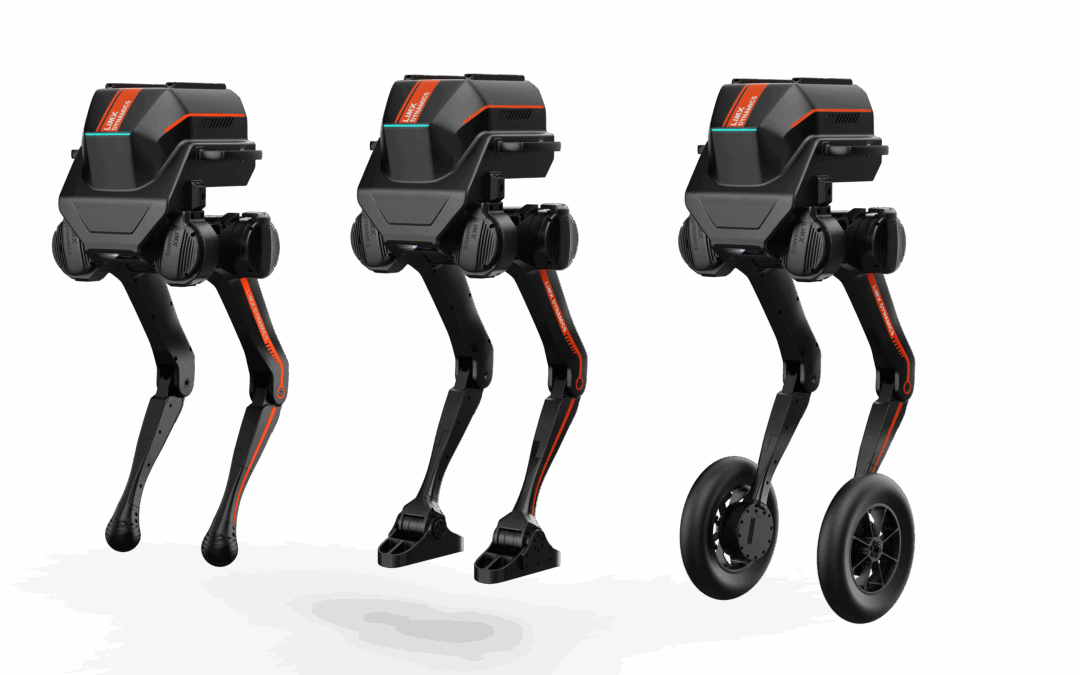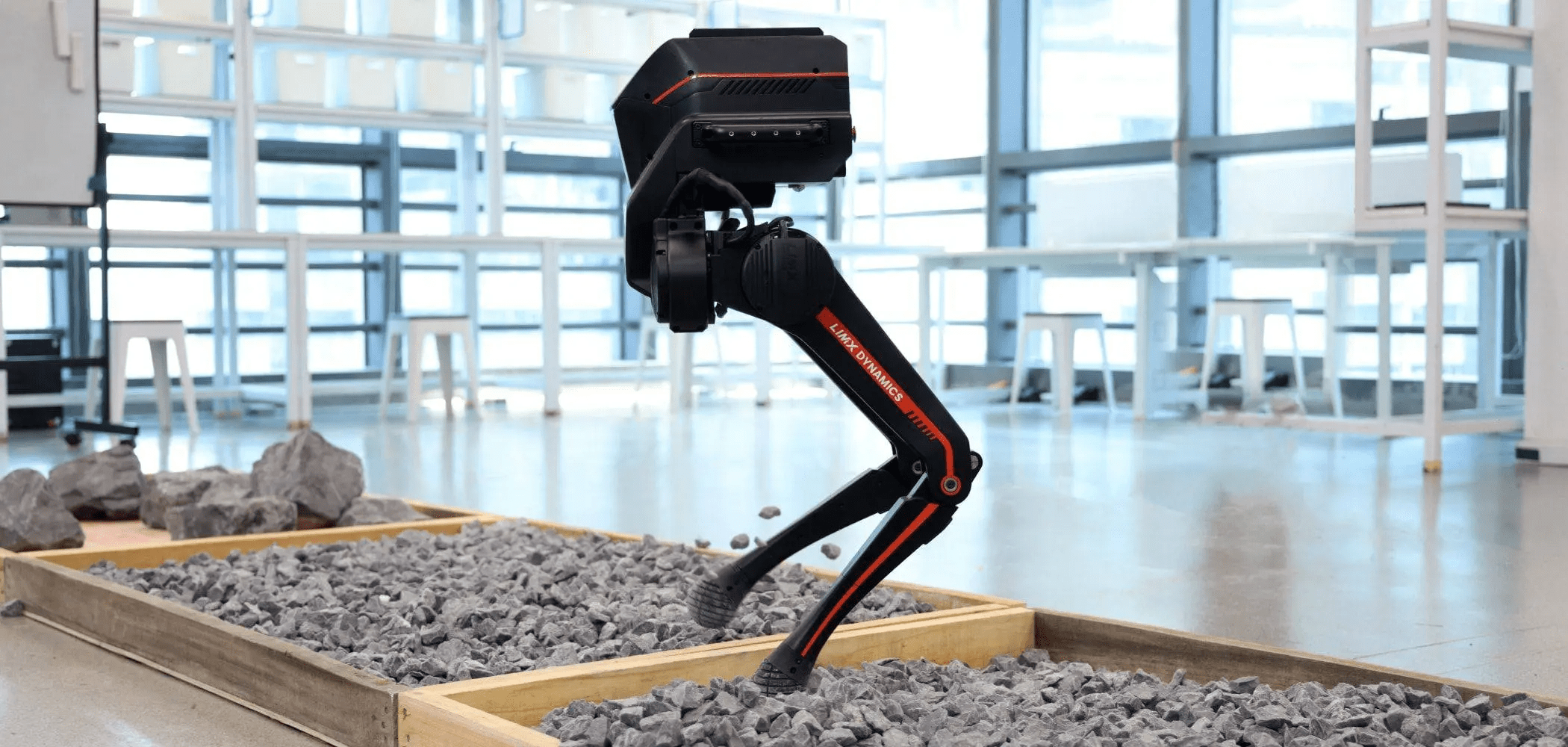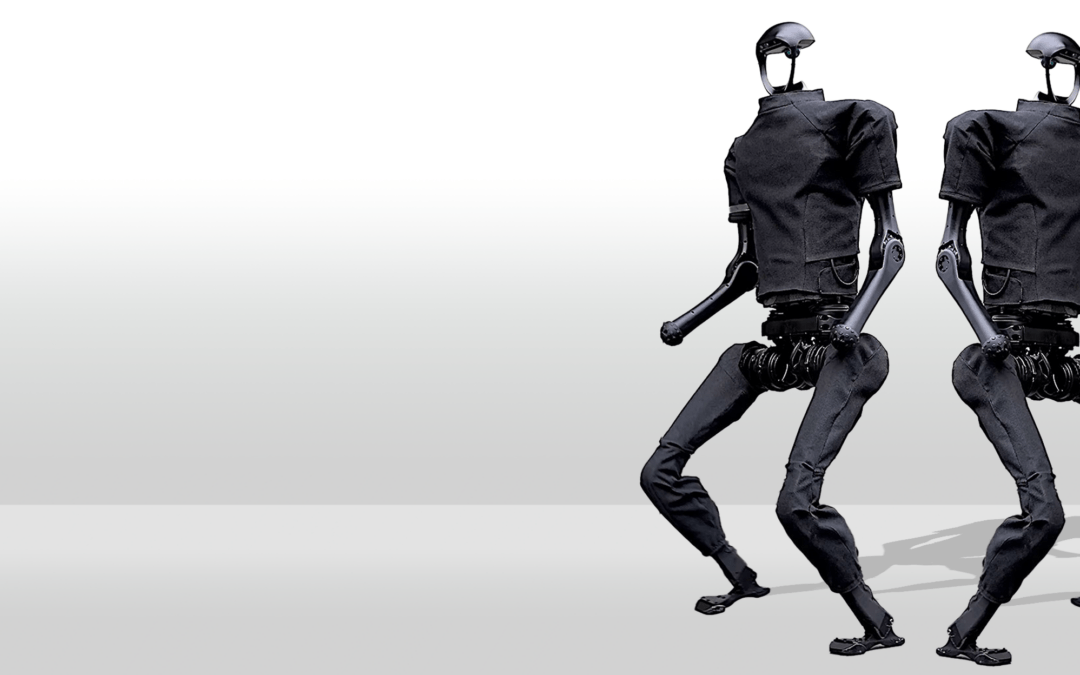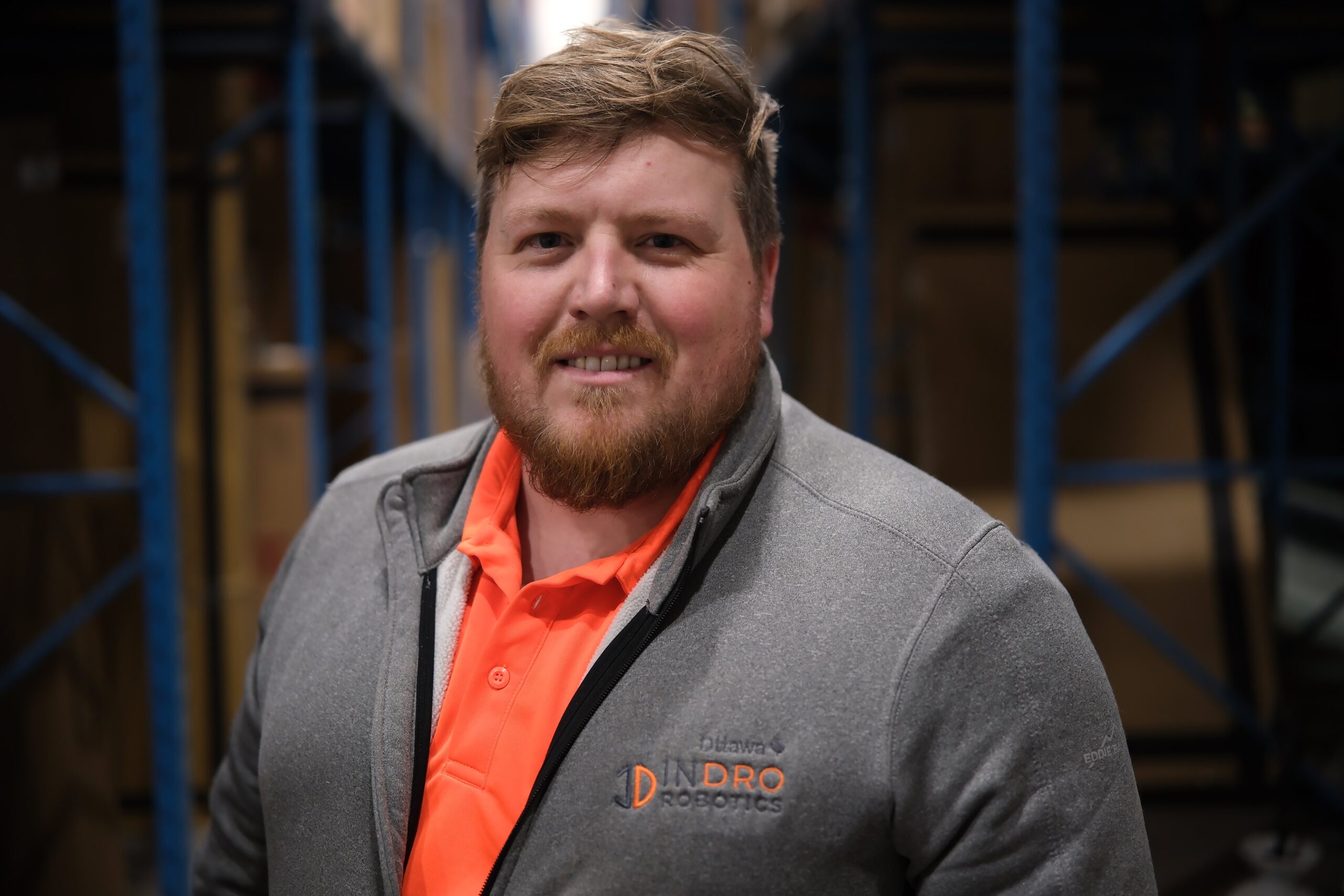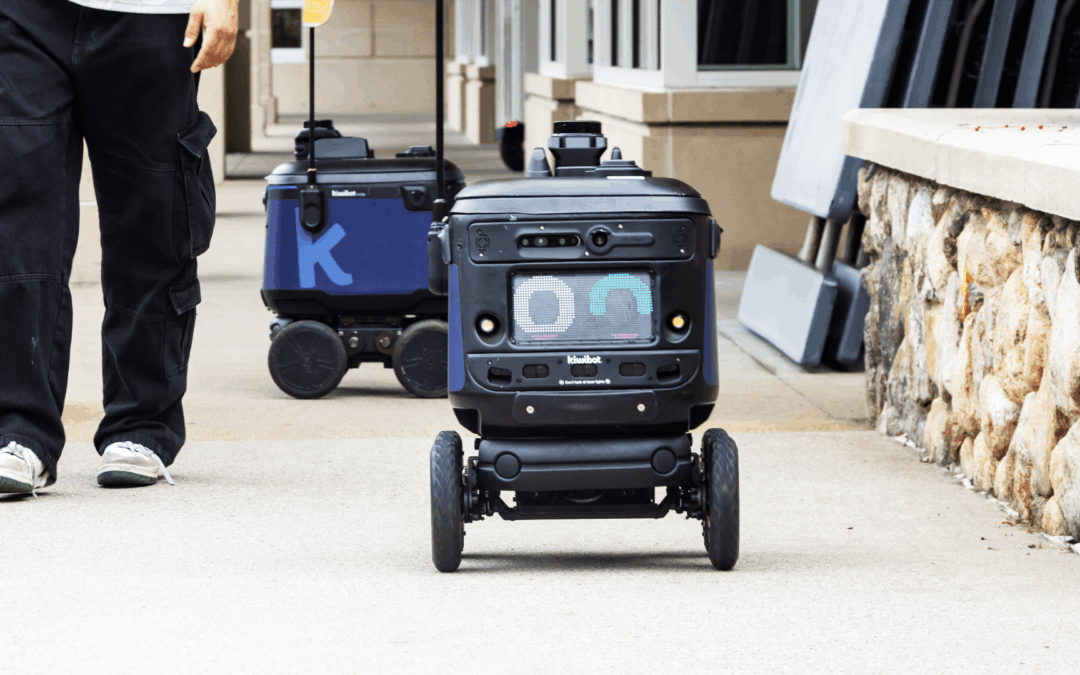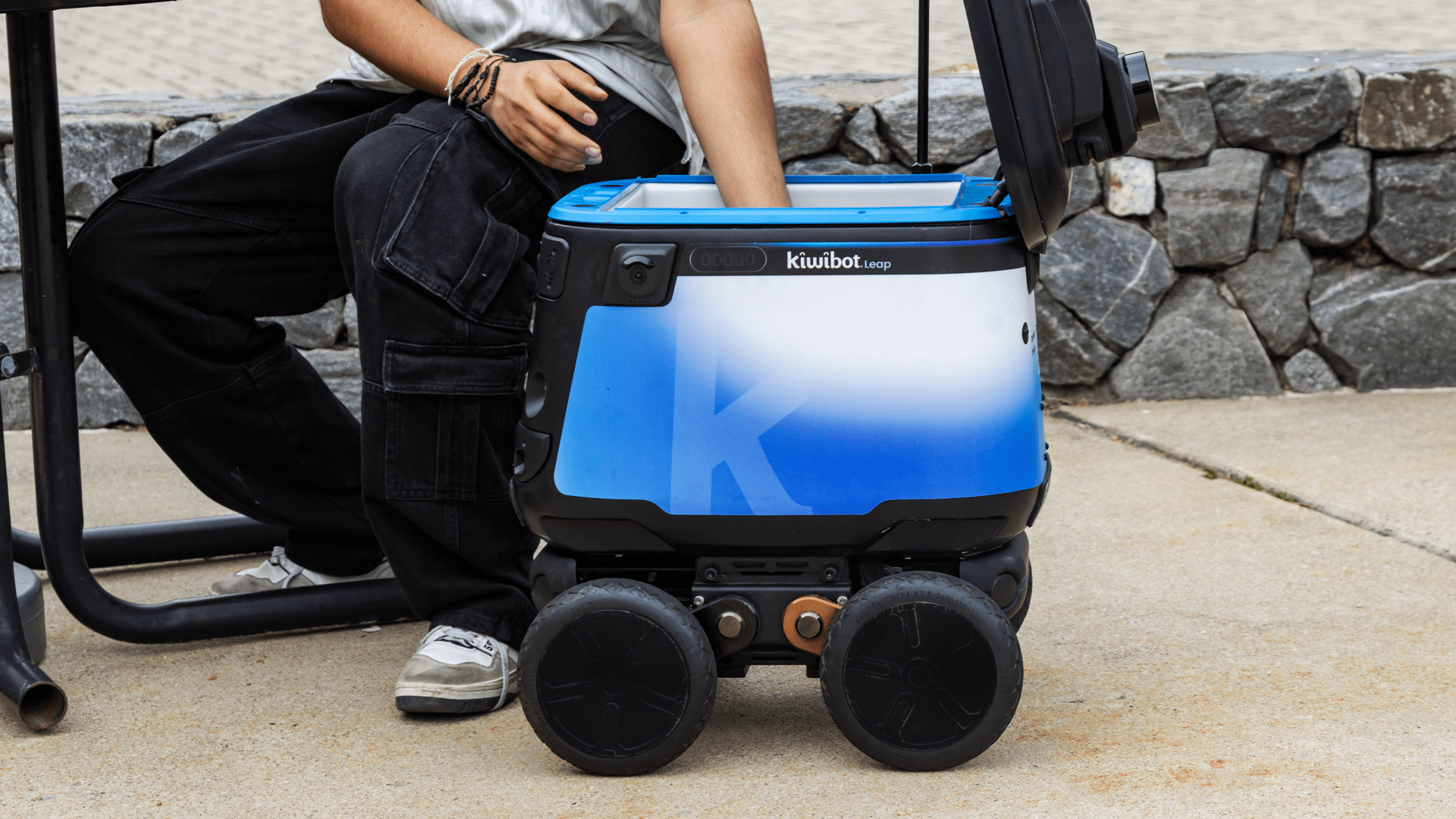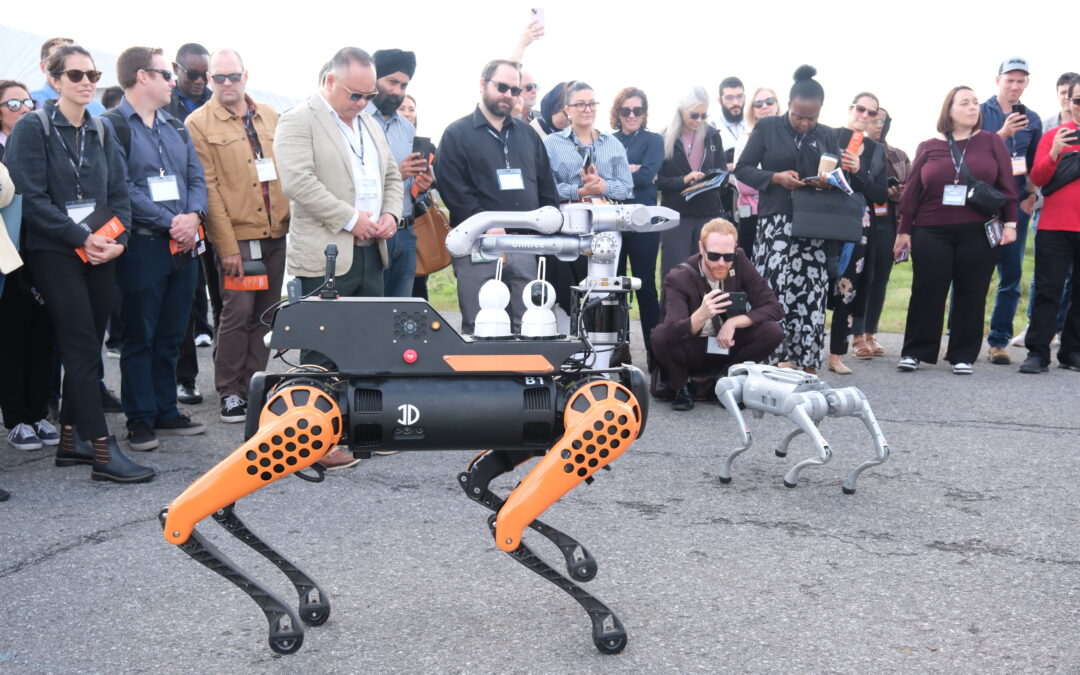
Mark September 24: GCXpo returns to Ottawa’s Area X.O
By Scott Simmie
If you’re in the Ottawa area September 24 – or can be – mark that date on your calendar. It’s the fourth annual GCXpo, Canada’s premiere showcase of next-gen technology and Smart Mobility. It’s an amazing event, and it’s free.
“Last year, we grew to the point where we had over 1600 registrants that attended the event on the demonstration day. And this year, for the overall showcase, we’re hoping that it grows beyond that,” explains Patrick Kenny, Senior Director, Stakeholder Experience and Strategic Engagement with Invest Ottawa.
And what do those attendees get to see? Well, the latest and greatest that Canadian technology companies have to offer – with live demonstrations of robots, drones, Smart Mobility technologies (including in the fields of agriculture and defence), plus a whole lot more. Close to 75 companies will be displaying or demonstrating at this year’s event, set up on the sprawling 750 hectare (850 acre) private, gated facility known as Area X.O (Area X ‘dot’ Oh) that’s home to a concentration of leading high-technology companies. InDro Robotics has its R&D headquarters there.
Area X.O, says Kenny, truly represents “industry, government, our private sector and our post-secondary institutions all coming together to create this enormous opportunity for companies to test and validate their technology as they work towards public adoption and, ideally, commercialisation.”
Below: A scene from last year’s GCXpo event: And yes, that vehicle is driving autonomously
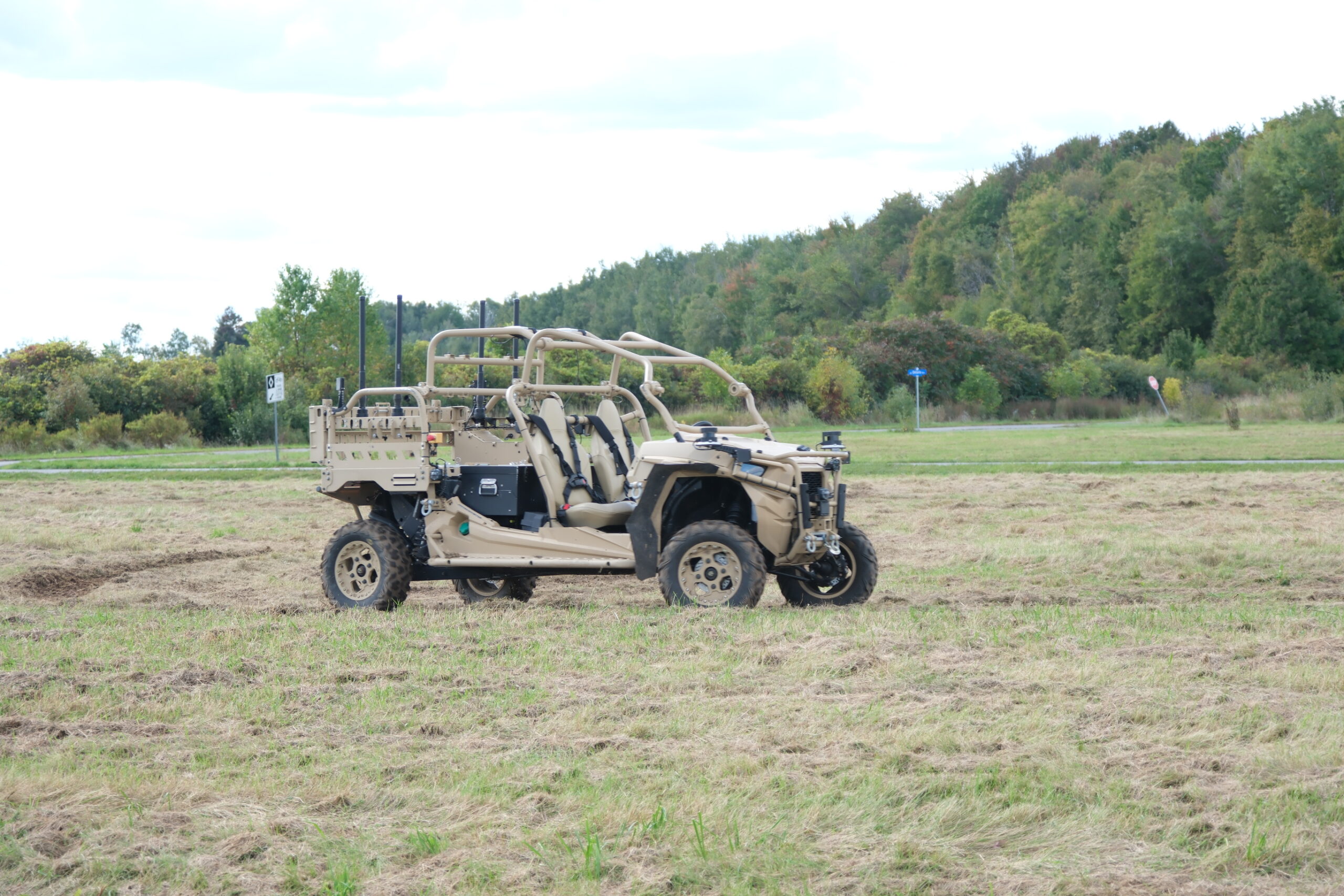
CROSS-POLLINATION
Patrick Kenny uses that word a lot – both in describing Area X.O and the GCXpo event itself.
Area X.O is frequently visited by government departments and agencies that play a role in funding some of the technology developments. There’s collaboration between technology companies on site, resulting in new products and even patents. And there’s all that space for developing and hardening new technologies, including roads set aside for autonomous vehicles, as well as the Drone and Advanced Robotics Training and Testing site (DARTT), where robots are put through demanding challenges that meet the rigorous criteria of the National Institute of Standards and Technology (NIST).
But when it comes to GCXpo, there’s much more than that.
Federal funding agencies and regulators are there, happy to talk about their latest programs and opportunities. Post-secondary institutions are there, happy to discuss co-op programs or meet with prospective students. Investors come as well, looking for that next great product or use-case. Plus, hundreds of people with a general interest in technology attend simply to get a glimpse of the future.
AN OPPORTUNITY TO LEARN
But GCXpo (and “GC” stands for Government of Canada) is also an opportunity to hear from the experts via roundtable discussions (including questions from attendees). Last year, there was a large main stage where all of these events took place. This year, says Kenny, they’re taking a different approach in order to offer an even greater quantity of more specialised content.
“We actually made the decision this year to not go with the mainstage,” he explains. “We’re going to have three satellite stages around the site that are going to provide a little bit more high touch programming for those that are interested.”
They are:
- Communitech EY Zone – Powered by Innovation & Defence
- Ottawa Innovation Farm Zone powered by AgExpert – Cultivating the Future of Agriculture
- Smart City Zone – Building Tomorrow’s Urban Intelligence
You’ll find much more about each of these satellite stages on this page.
In addition to roundtables and technical updates, audience members will have an opportunity to ask the many experts, regulators and funders onstage questions.
Originally known as TCXpo (where the TC stood for Transport Canada), the event has evolved and grown every single year. Kenny is the person in charge of it all – but he’s (obviously) not doing it alone.
“By the time the event takes place, we’ve really had over 50 individuals that have been part of the organising and the development of the event itself,” he says. And that doesn’t include the many other participants, including the companies themselves, post-secondary agencies, and many more.
Below: Patrick Kenny goes into greater detail about the history of Area X.O and what to expect at this year’s GCXpo in this edition of our Sound Byte micro-podcast:
INDRO’S TAKE
We always look forward to this event – and not just because it’s an opportunity to showcase our own innovations. It’s an opportunity to meet others in this space, have discussions with regulators, funders, potential clients, etc. Most importantly, it’s an opportunity for everyone who attends (including us!) to see the great strides being made in the Canadian technology sector – everything from innovations in CleanTech through to some of the most advanced autonomous robotics around.
“Invest Ottawa and the Government of Canada deserve great credit for this technology showcase,” says InDro Robotics Founder and CEO Philip Reece. “This is truly the premiere annual Canadian technology event. An incredible amount of work goes into making it happen – and for those who participate, GCXpo can produce incredible results.”
Tickets to attend are free, but you must register in advance. Companies still wishing to exhibit can also reach out for more information here.




